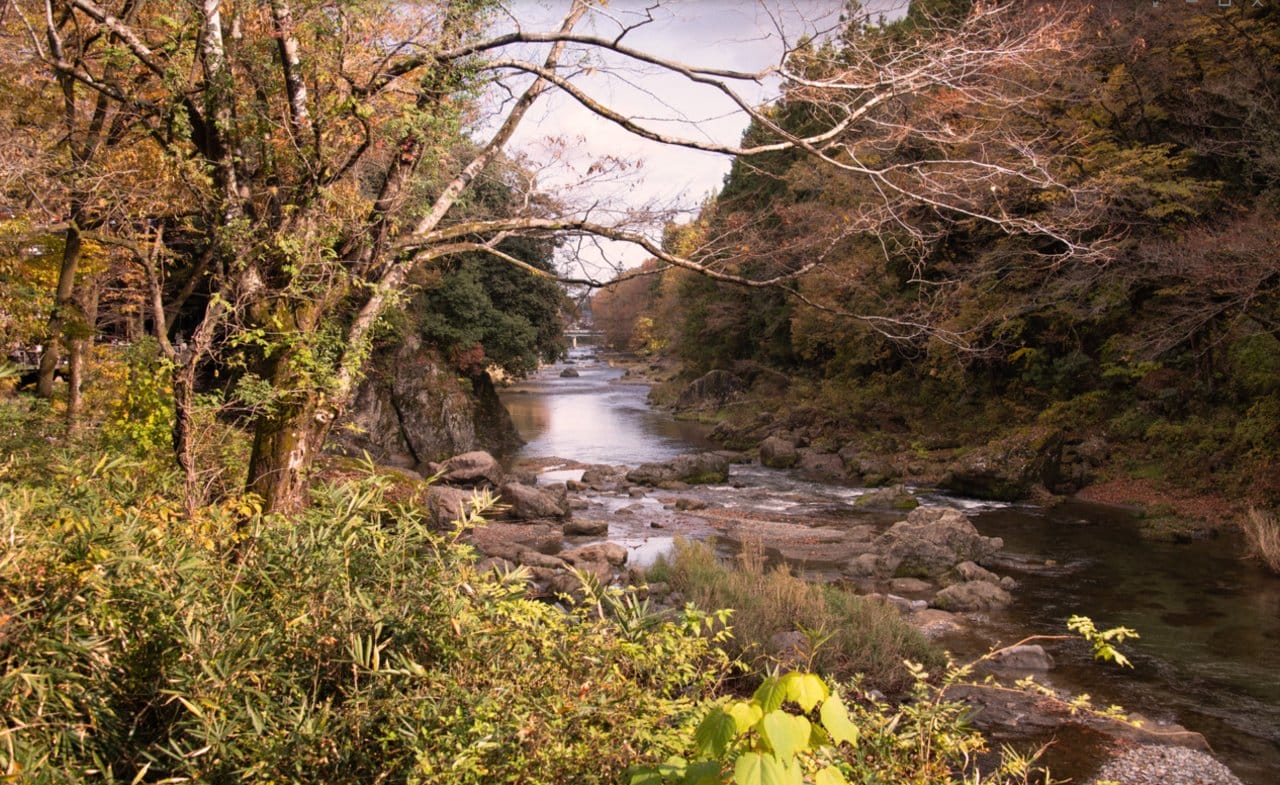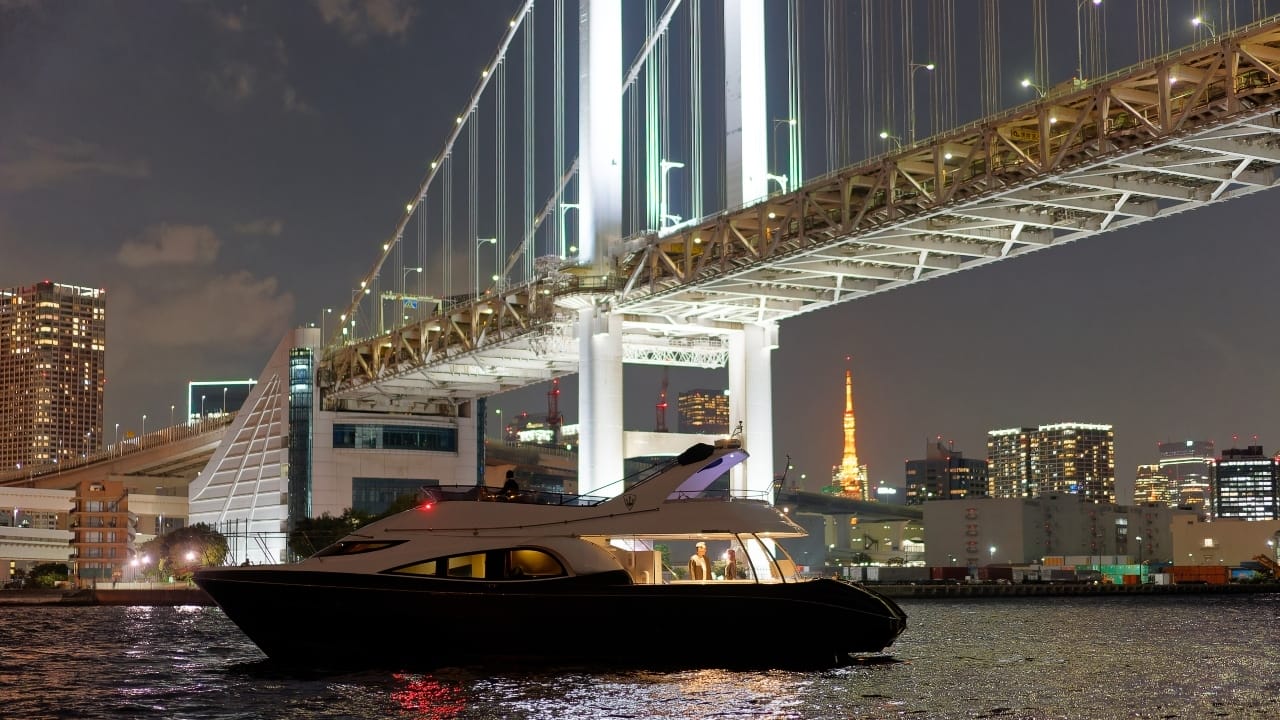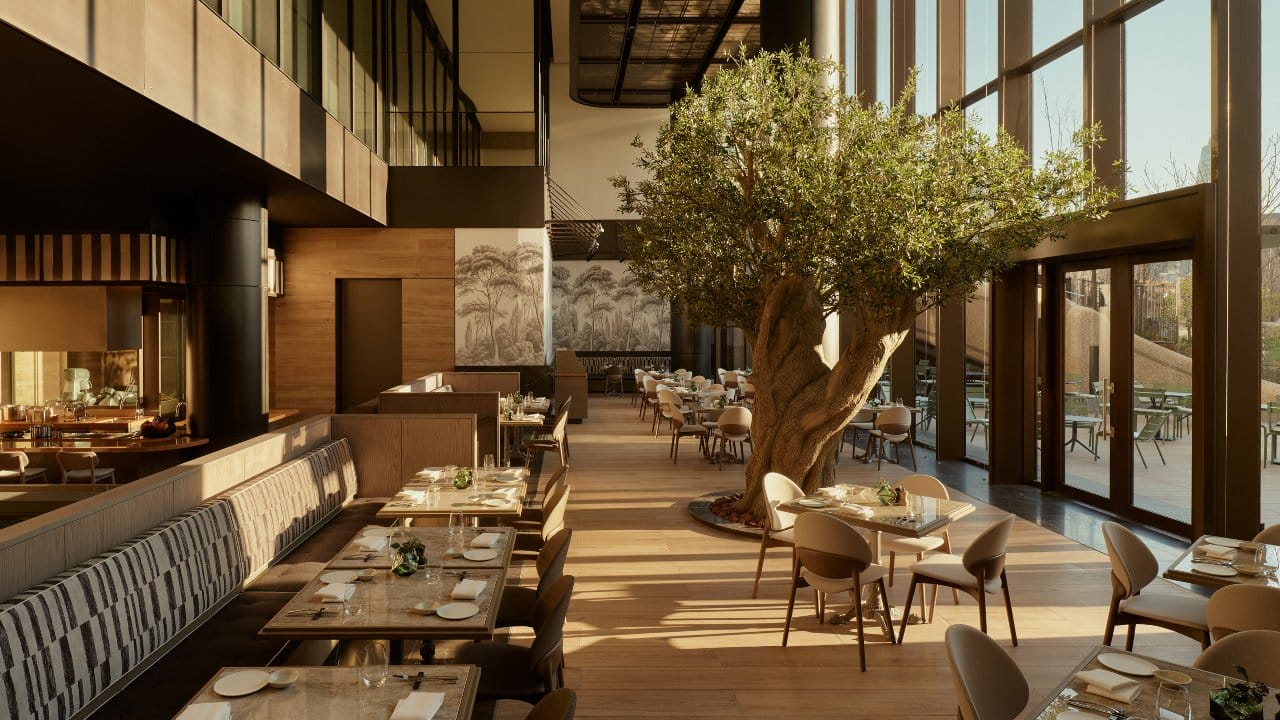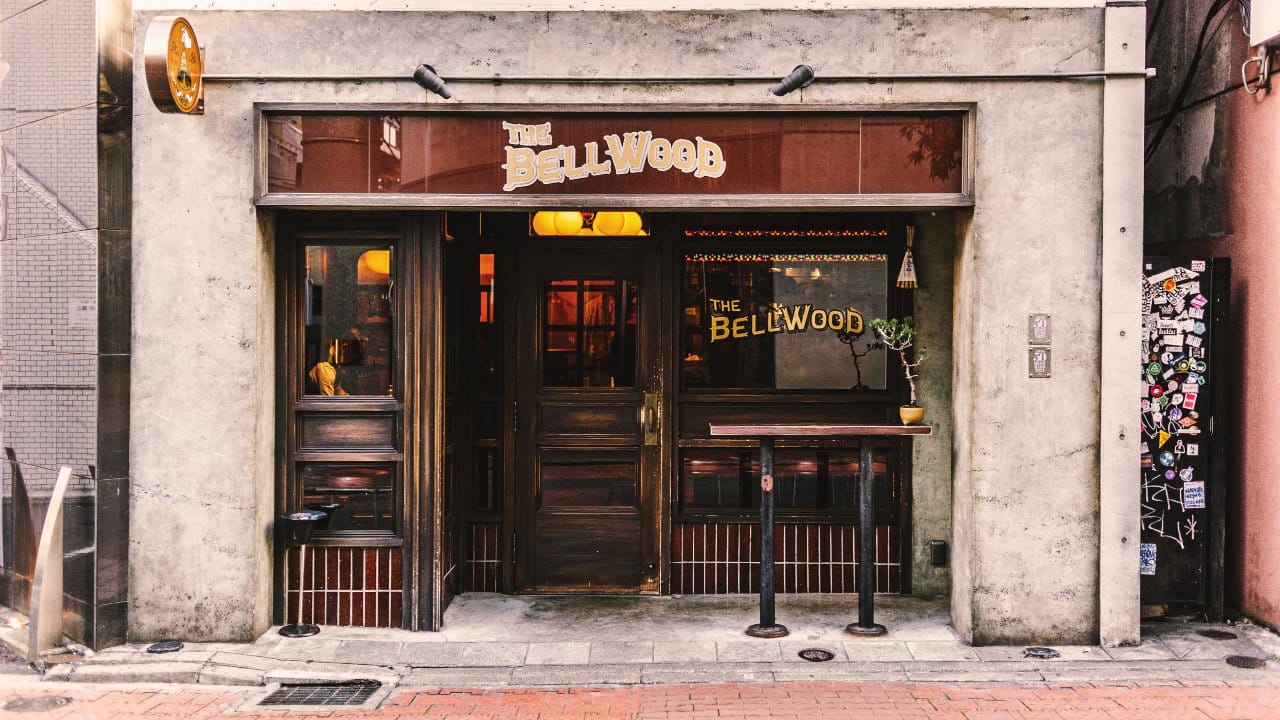Ever since travel and tourism rebounded, Japan has become one of the world’s most visited destinations, with Tokyo playing the role of attractor-in-chief. According to provisional statistics by the Japan National Tourism Organization (JNTO), more than 25 million people visited in 2023, while the period of January to September last year recorded almost 27 million visitors. The peak was in 2019, when close to 32 million tourists ventured to the Land of the Rising Sun—and with the affordability of the yen, it won’t be surprising if that figure is surpassed soon.
So, if you’re one of the many Malaysians who love a Japanese holiday (JNTO’s provisional statistics say 415,712 of us visited in 2023) and who especially enjoy Tokyo, you’ve come to the right place. With the help of the Tokyo Convention & Visitors Bureau, we’ll show you the places, experiences and activities that offer a different yet quintessential side of Japanese luxury. Join us as we venture off the well-trodden path, from the far west of Tokyo prefecture to the waters of Sumida river and bay, to immerse ourselves in the history, culture and soul of Japan.
Hiding In Plain Sight
Akigawa Valley is a 90-minute drive from the centre of Tokyo, give or take, and is located in Akiruno. In autumn, its Ishibunebashi Bridge is a breathtaking vantage point to view the changing of the leaves. Here, there is a brand-new private villa that is tucked away and hidden down a road so narrow that only private vehicles may enter. Its entire property is situated beside the majestic Aki river and hosts only one reservation at a time. The villa’s name is Fushi (風姿), which roughly translates as ‘appearance’ or ‘demeanour’, but its owner (and company president) tells me that it’s a place to “feel the wind, listen to the river and bask in nature”. “The concept of this villa is not only somewhere to stay, but also to create a memory that will last a lifetime,” says Kenji Takamizu, who has been running multiple businesses in the area for more than 57 years, including the nearby Kurochaya, a traditional kaiseki restaurant in a home that’s about 250 years old. “Here, we strongly believe in the concept of chisanchishou (local production for local consumption). Our furniture is from local craftspeople, the food is from the mountain next to us and we usually grill fish freshly caught from the Aki river. There’s almost nothing artificial here. I believe there’s no other villa like this.”
Fushi opened in March last year and was designed by Takaharu Tezuka of Tezuka Architects. From the moment you step in, you’ll understand why his designs won the Small Project Of The Year Award during last year’s World Architecture Festival. From the dining room to the outdoor living space, and from the indoor living area to the bedroom and bathroom, guests have uninterrupted views of the river, valley and mountain. Twenty thousand trees were used to construct the villa, with horizontal wood panels inside mirroring the flow of the river, and vertical panels on the outside reflecting the trees that protect it from the hustle and bustle of city life. It has a jacuzzi, a rotenburo (outdoor bath) in the bathroom, and a riverside terrace. All meals are fully customisable to your exact specifications, but you simply must try the kaiseki cuisine. It is a multi-colour masterpiece for the eyes and palate, in which only the finest and freshest of ingredients are served. “Our concept is quite simple, but challenging in some ways,” Takamizu says. “I tell the team, you cannot say no to guests. Even if their requests are difficult, try your best to fulfil them and to create a pleasant stay for them.”

The calming waters of Akigawa river (pictured above), the fragrance of the leaves, and the purity of the air abound in Fushi (from ¥550,000 per night for two persons, inclusive of three meals). Sitting out on the terrace, a plate of divine Wagyu in front of you, with a glass of Akiruno Natural Water in hand, you’d hardly believe that you’re still technically in Tokyo. “The concept of wabisabi—seeing beauty and the aesthetics of imperfection—is something that’s difficult to explain, especially if you’re in the centre of Tokyo,” Takamizu says. “But here, you’ll be able to experience it and feel it through all the nature around us.”
Closer to the centre of Tokyo but just outside enough, I find myself in Meguro. I walk by a long strip of trendy stores and cafes underneath the railway tracks of the Tokyu-Toyoko Line as I head to my next destination, Udatsu Sushi. If it weren’t for Google Maps, I don’t think I’d be able to find it as it’s located in an unassumingly stylish building in a nondescript neighbourhood. Its neighbours are run-of-the-mill Japanese homes and apartments; its signage is smaller than a sheet of A4 paper. But once I open the sliding door and step inside, I am in a sushiya that the Michelin Guide describes as “a sushi restaurant for a new age”. Hisashi Udatsu, co-owner and chef, greets me warmly after completing a busy lunch shift. He is standing behind the main dining counter, around which just nine patrons sit and watch him masterfully prepare the cutting-edge sushi they’re about to enjoy.

As he prepares a tasting menu for me, he reveals the secret behind his superb sushi. “This may sound simple, but I believe in taking pride in your work and working as hard as you can on it,” Udatsu says. From the ootoro to the uni, as well as the roll filled with fresh herbs and vegetables from a local farm, the sushi here is anything but simple—it’s sublime. “I believe that one has to be wholeheartedly determined in making delicious sushi. I also build relationships with farmers and our suppliers, and learn more about their passions for the raw ingredients. I hold on to this mindset constantly and focus on not becoming complacent with the status quo in order to achieve my goals.”
I thank him profusely for taking the time to unveil a different dimension of Tokyo to me as he rushes to his next appointment before the dinner shift begins. Just as he steps out, Udatsu explains what motivates him onwards and upwards everyday: Yarubeki koto wo yaru kotodesu or doing what needs to be done. Poetic in how pithy his departing words are, yet they succinctly describe the Japanese ethos. It is a philosophy that Udatsu has manifested in his sushi, and his restaurant is a place to experience, and taste, a tantalising form of Japanese excellence (the omakase lunch is priced at ¥14,400, while the omakase dinner starts from ¥24,000 per person. Pairing menus are available and start from ¥16,500).

Although Tokyo is wonderful to explore on foot (and by helicopter), a cruise on one of its many rivers or around the bay will present uniquely mesmerising views of the city—especially if it’s a night cruise with champagne and canapes in hand. Reserved Cruise offers a wide variety of private and charter cruises in Yokohama and Tokyo, from a ¥1 million cruise for a group of eight to a romantic ¥275,000 cruise for two. I board the 56ft MY III at Tokyo Hinode Pier just after dusk for a two-hour leisurely cruise to Rainbow Bridge, then to Odaiba and back again. It’s an unusually warm autumn evening when we depart, so the temperature cools to a nice chill when we’re out on the water. With a glass of bubbly, savouring the views of Tokyo’s skyscrapers while on a private charter cruise is an experience unlike any other. Yes, you could enjoy similarly amazing views from the top of Tokyo Tower, Tokyo Skytree in Ueno and/or Shibuya Sky, but there’s nothing like a private cruise that takes you next to the postcard-perfect Rainbow Bridge as well as the quirkily photogenic Fuji Television building in Odaiba. And if traffic on the Sumida isn’t too busy with other yakatabune dinner cruises, your ship’s captain can linger a little longer anywhere you like as you snap the perfect selfie.
Especially For You
If it seems like there’s always a new place to be and be seen in Tokyo, it’s because there is. But none has recently captured worldwide attention in Tokyo quite like Azabudai Hills. It is home to multinational corporations, the finest luxury maisons, teamLab Borderless and Janu Tokyo hotel, to name a few. The hotel provides world-class accommodation, services, and eight dining and socialising establishments, with many offering views of nearby Tokyo Tower. Breakfast at the all-day Italian dining Janu Mercato should be enjoyed at its outdoor terrace, where one can pick from a delectable set menu. The Avocado Toast is as nutritious as it is tasty, while the Baked Apple Crepe is pure decadence. Meanwhile, Janu Lounge & Garden Terrace plays host to the ever-popular afternoon tea, created by pastry chef Yukie Noguchi. It serves Janu’s signature tea blend curated by Tomoko Uchida, freshly baked delights and seasonal treats. Or, to really take your Tokyo experience to new heights, opt for the evening high tea option with free-flowing champagne.

Meanwhile, closer to where all the action is, I’m heading towards the Ginza branch of the Mitsukoshi department store. On the building’s ninth floor is a terrace garden where you can pay your respects to Ginza SHUSSE JIZO, a stone deity statue, which is said to bring success to one’s career and other good fortunes. The statue was once on the ground level but, after the building was opened in 1930, it was placed on the rooftop. After you’ve enjoyed a bit of calm meditation in the terrace garden, head down to the department store for a personalised shopping experience, with a store attendant helping you to indulge in your every whim and fancy. No need to feel overwhelmed with the seemingly endless options available for purchase or the language barrier, the attendant tells me as I try out the service. “Here in Mitsukoshi Ginza, we have store attendants who can guide customers like you throughout the entire store, assisting them with their shopping needs. This ensures that even first-time visitors can enjoy a stress-free shopping experience,” she tells me. The attendant even shows me a sneak preview of the Mitsukoshi Isetan app (launching next month), which will grant users access to exclusive coupons and discounts as well as the latest information on seasonal events and comprehensive guides for all 21 stores in Japan that are part of the Mitsukoshi Isetan Group.
.jpg?strip=all&lossy=1&ssl=1)
It has been a whirlwind tour, discovering a different yet thoroughly amazing side to Tokyo, and I could use a drink. Right on cue, I’m whisked across town to The Bellwood (pictured below) in Shibuya. Located a 10-minute walk away from Shibuya Crossing and other overcrowded tourist traps, The Bellwood was ranked 34th in the 2024 listing of Asia’s 50 Best Bars. It was founded by Atsushi Suzuki after he had spent several years in the US, the UK, Canada and China. He tells me that he wanted to preserve the culture of old-school Japanese coffee shops while incorporating modern bar concepts he saw overseas. It’s a small space, quaint with the charm of a bygone era and eschewing TikTok-bait design tropes. Stepping in and taking a seat feels like returning home.

Suzuki goes behind the bar and tells me—in perfect English—the differences between working in Japan and abroad, and what he tries to implement here that he picked up overseas (“I’m always teaching the staff here that we have to communicate more often and clearly with one another”). He asks what I’d like to drink and then begins whipping up a Ne(w)groni after I tell him I’d like a thirst-quencher. It has Bombay Sapphire Gin and Campari in it, together with a Lacto Strawberry concoction as well as a Tabasco distillate. It hits the spot. And as a bit of a whisky enthusiast myself, the Timeless Fashioned on the menu piques my curiosity, to which Suzuki needs no further instruction. It consists of bourbon, cacao nibs from Colombia, kinako (roasted soy flour), kokuto (brown sugar) and yomogi (Japanese mugwort) bitters—and it’s liquid perfection by way of chocolate and whisky. Together with the bar’s signature dashi olives, the beverage is everything I love about Tokyo in a glass: masterful, delightful, joyful.
I ask Suzuki why he returned after so many years abroad. A man with his skills, vision and talents would’ve been in great demand worldwide and could’ve opened bars anywhere on Earth. So why Tokyo? “The simple answer is that Tokyo is home,” he replies without a second’s hesitation. “I grew up in Shibamata, which is about an hour by train from here. But to be honest with you, Tokyo wasn’t special to me back then. However, after I moved abroad, I gained a different perspective and saw Tokyo in a different light, from the outside. It changed my mind a lot. Now, I see so many good things about Tokyo, especially my hometown.
“In Shibamata, there aren’t any skyscrapers. After 9 o’clock at night, there’s nothing going on. It’s almost like a sleepy little village. But I like Shibamata because you still see a lot of old-school culture and old-style buildings there. For example, you don’t really see dagashiya (retro Japanese candy shops) in the centre of Tokyo anymore, but they’re still there in Shibamata.” Suzuki inspires me to visit his furusato (one’s old home and birthplace) the next day. “With The Bellwood, that’s the kind of culture I want to keep for the future. That’s why I brought back bar culture, bartending and design aesthetics from more than 100 years ago in Tokyo, gave it a little bit of a twist and incorporated modern concepts.”
So, maybe that’s the secret sauce, the je ne sais quoi, for why Tokyo is and likely always will be such a beloved city and travel destination. Whether it’s setting up an opulent private villa deep in the heart of western Tokyo or coming back home to continue the legacy of bartending from a century ago, it’s a place that compels you to be your best, to do what needs to be done and to preserve all of it for generations to come. It’s a value that will stand the test of time and will draw visitors from all across the globe to visit—and perhaps call it home.
Photography by Fabian Parkes
Lead image: A night-time view of Tokyo’s Rainbow Bridge from a privately chartered cruise with Reserved Cruises.





